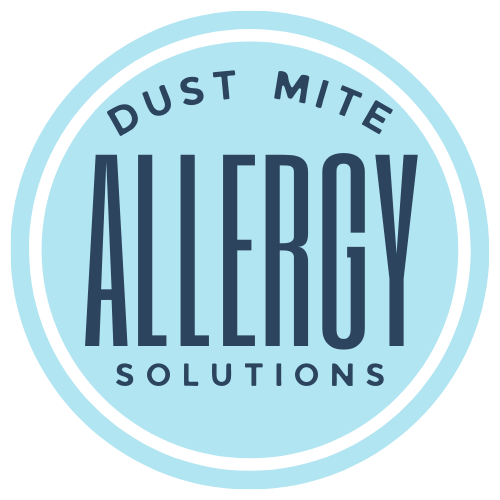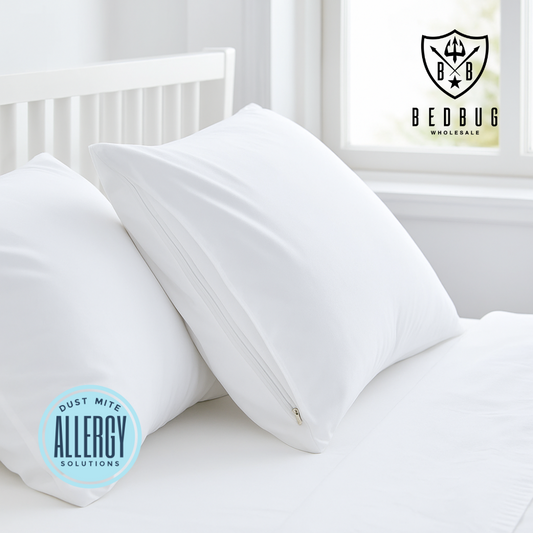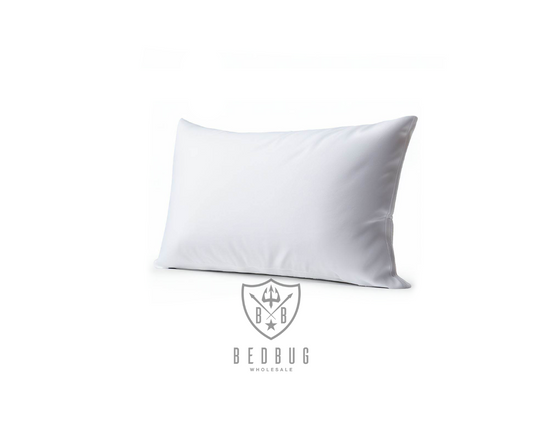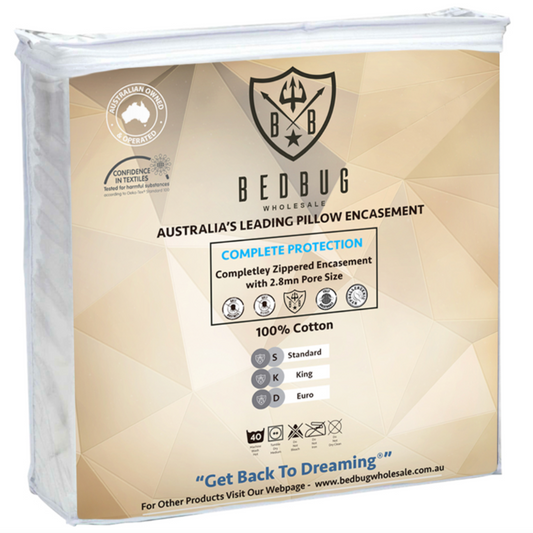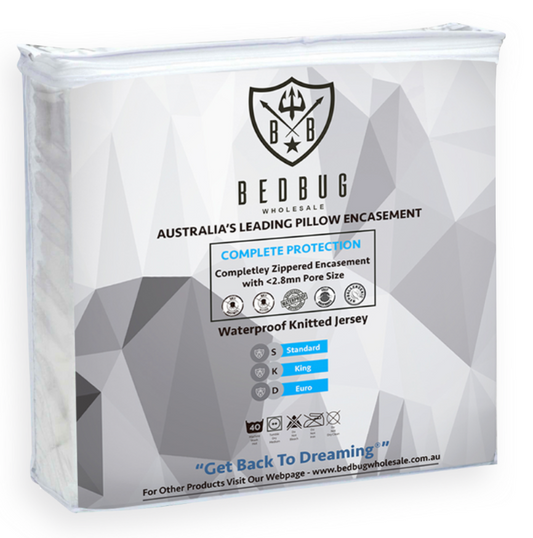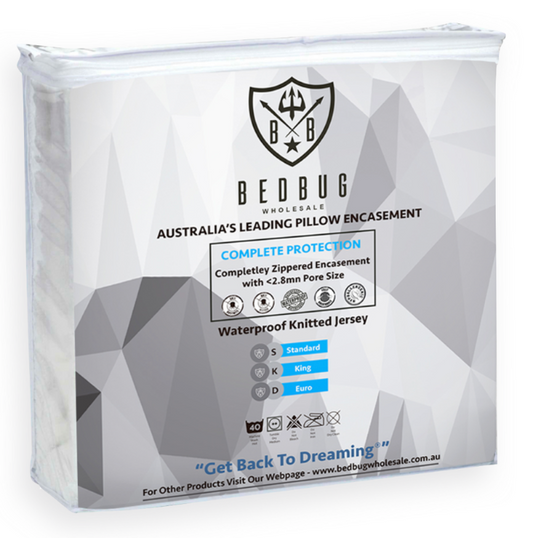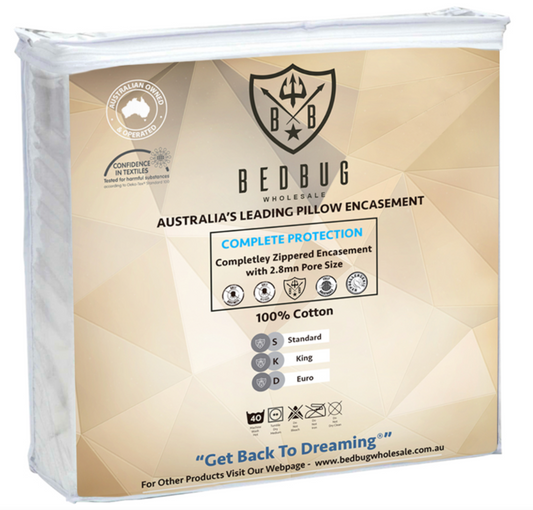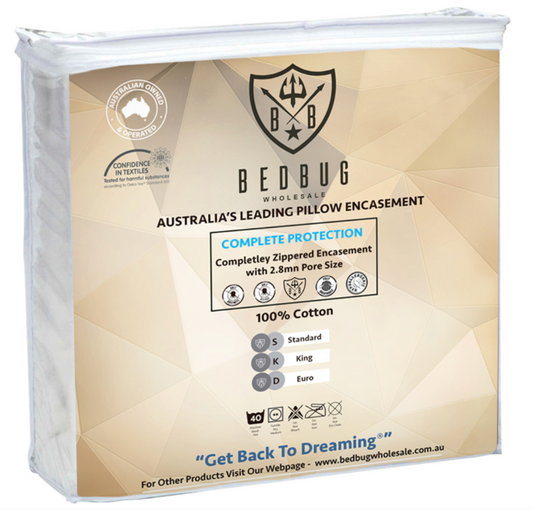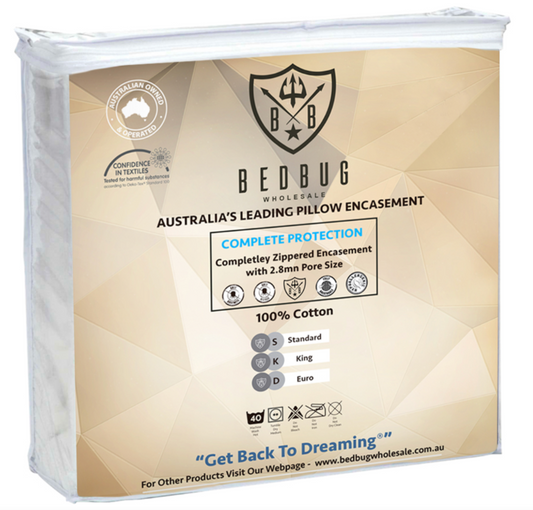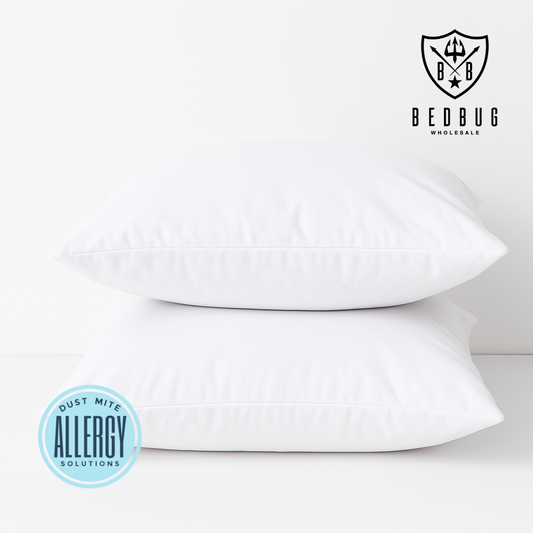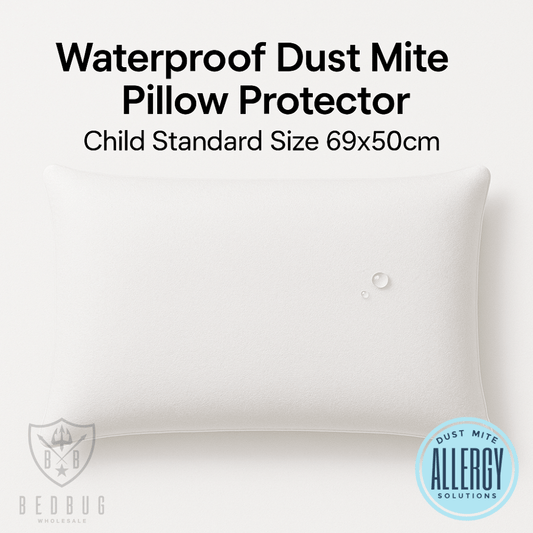-
100% Cotton Dust Mite Allergy King Pillow Protector | Zipper Closure
Regular price $31.00Regular priceUnit price per -
100% Cotton Dust Mite Allergy Pillow Protector | Standard/Queen Size | Zipper Closure
Regular price $29.00Regular priceUnit price per$31.00Sale price $29.00Sale -
Waterproof Dust Mite Allergy Pillow Protector I King
Regular price $31.50Regular priceUnit price per -
Waterproof Dust Mite Allergy Pillow Protector I Standard/Queen
Regular price $31.50Regular priceUnit price per -
100% Cotton Dust Mite Allergy Euro Pillow Protector | Zipper Closure
Regular price $35.00Regular priceUnit price per -
100% Cotton Dust Mite Allergy Body Pillow Protector | Zipper Closure
Regular price $65.00Regular priceUnit price per -
100% Cotton Dust Mite Allergy V Shape Pillow Protector | Zipper Closure
Regular price $43.00Regular priceUnit price per -
Waterproof Dust Mite Pillow Cover | Euro | Zipper
Regular price $35.00Regular priceUnit price per -
Waterproof Dust Mite Pillow Protector | Child Standard Size 69x50cm
Regular price $29.00Regular priceUnit price per -
Gift Card - Dust Mite Allergy Solutions
Regular price From $25.00Regular priceUnit price per
Dust Mite Pillow Protectors - FAQs
Do pillow protectors stop dust mites?
Yes, pillow protectors, especially those designed to be dust mite-proof, are effective in stopping dust mites. These protectors are made with tightly woven fabrics that create a barrier to prevent dust mites and their allergens from penetrating into the pillow. An addition of a high quality zipper ensures that dust mites and their allergens are trapped inside the pillow and does not escape to cause allergic reactions.
How often should dust mite pillow protectors be washed?
Dust mite pillow protectors should ideally be washed every two to four weeks to effectively manage dust mites and maintain a clean and allergen-free sleeping environment.
What is the best pillow protector for dust mites?
The best pillow protector for dust mites is one that combines several key features to effectively block these allergens.
When choosing a pillow protector, consider the following attributes for optimal protection against dust mites:
- Tight Weave Fabric: Look for protectors made with tightly woven fabric. The pore size should be small enough to prevent dust mites and their waste from passing through, typically less than 10 microns.
- Hypoallergenic Material: Hypoallergenic materials are less likely to cause allergic reactions. Fabrics like cotton, polyester, or a blend that are specifically treated for allergen barriers are good choices.
- Dust Mite-Proof Certification: Some pillow protectors are specifically tested and certified as dust mite-proof. These products have been validated by independent testing to be effective against dust mites.
- Breathability: A breathable protector ensures comfort, especially important if you tend to sleep hot. Materials like cotton are naturally breathable and can help regulate temperature.
- Waterproof: A waterproof barrier not only protects against spills and stains but also prevents saliva and sweat, which dust mites thrive on, from penetrating into the pillow.
- Zippered Design: A protector with a zippered closure offers better protection than envelope-style protectors. It fully encases the pillow, preventing dust mites from entering or exiting.
- Ease of Maintenance: The protector should be easy to remove and machine washable. Regular washing in hot water is necessary to kill any dust mites and remove allergens.
Dust Mite Proof Your Bedding
-
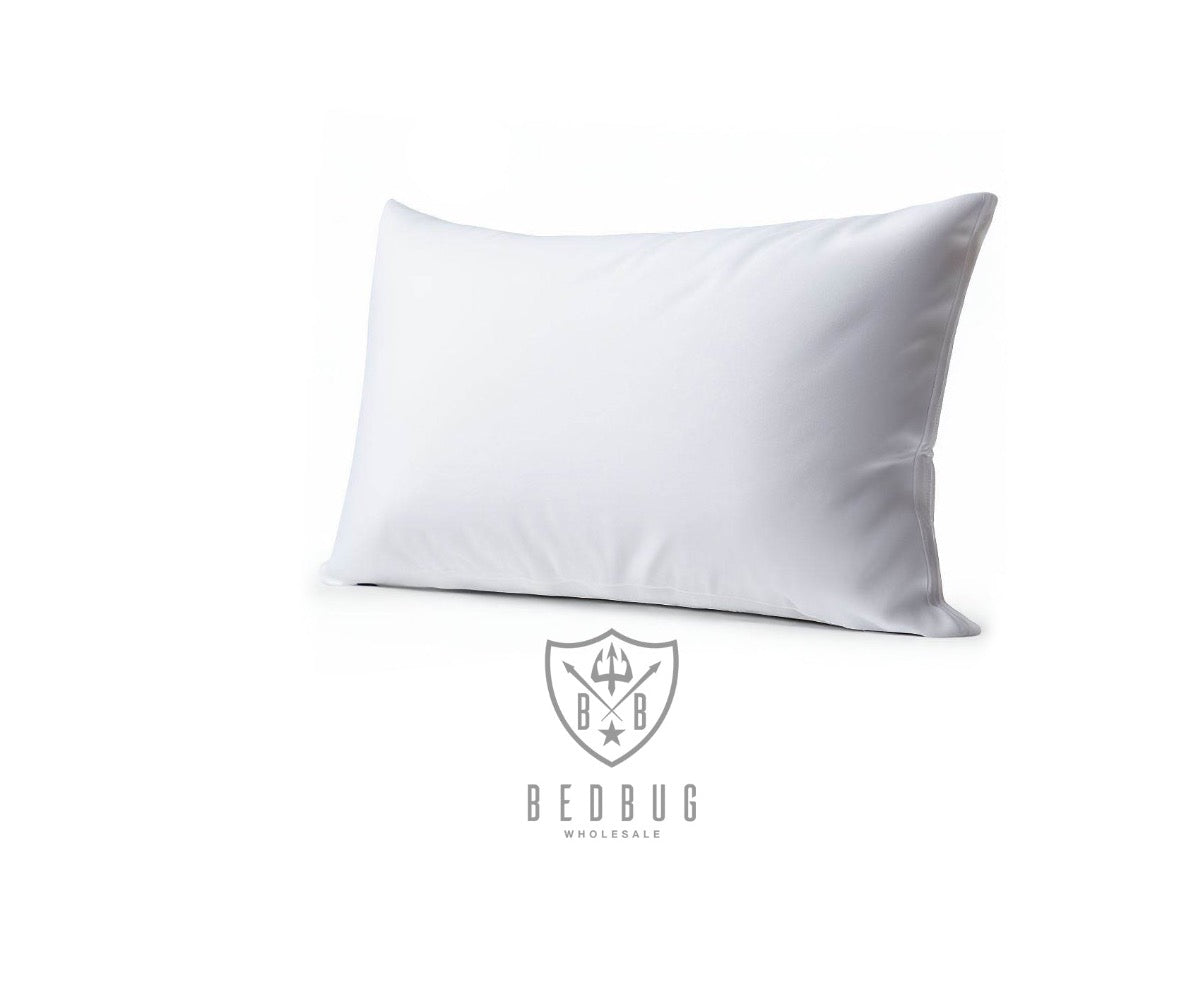
Dust Mite Pillow Protectors
Available in various sizes and shapes, the dust mite pillow protectors will...
-
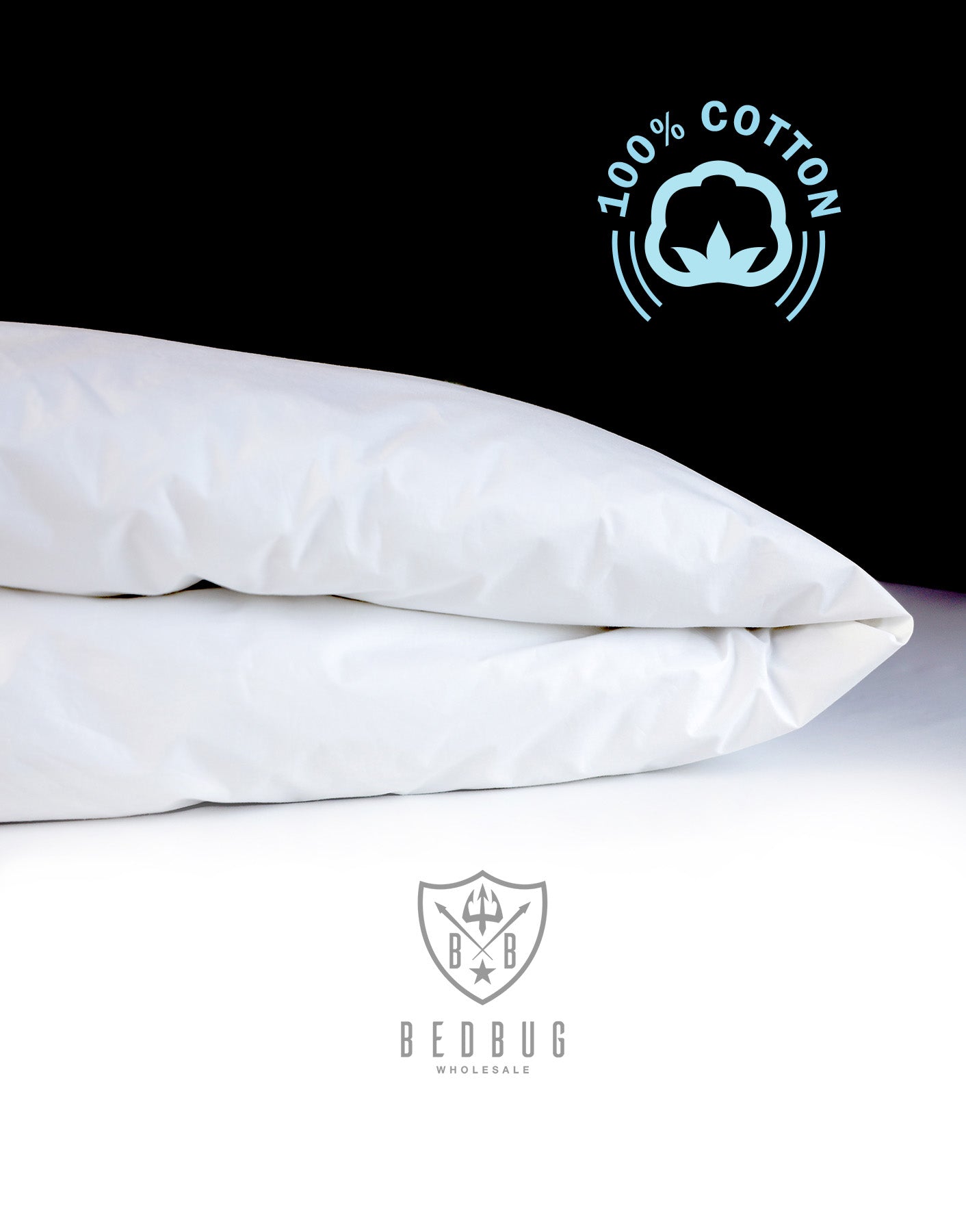
Dust Mite Quilt Protector
Discover the advantages of our dust mite quilt protectors, designed with small...
-
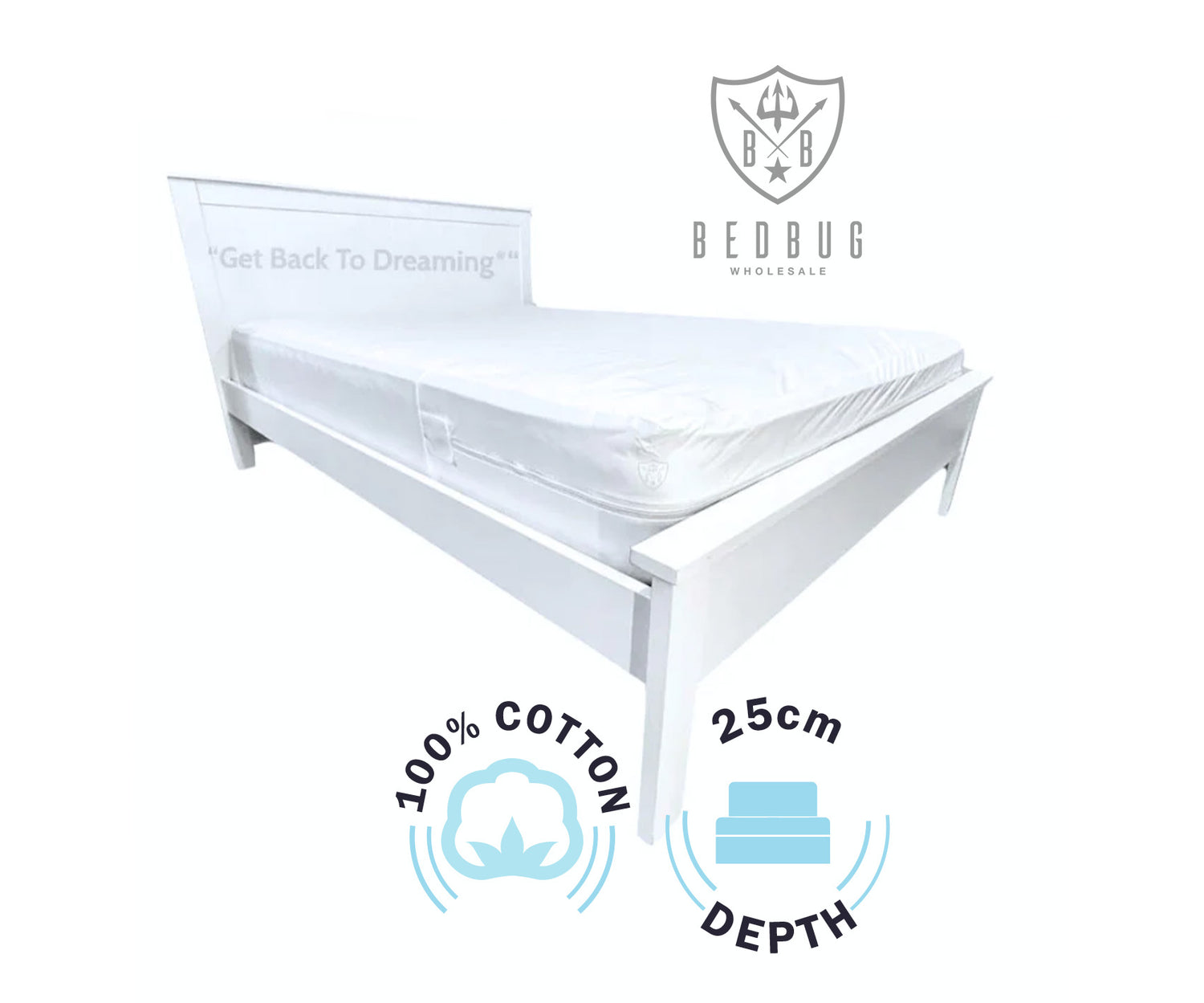
Mattress Protectors for Dust Mites
Mattress protectors designed for dust mite allergies available in cotton and waterproof...
